The Enduring Legacy of Billy Wilder
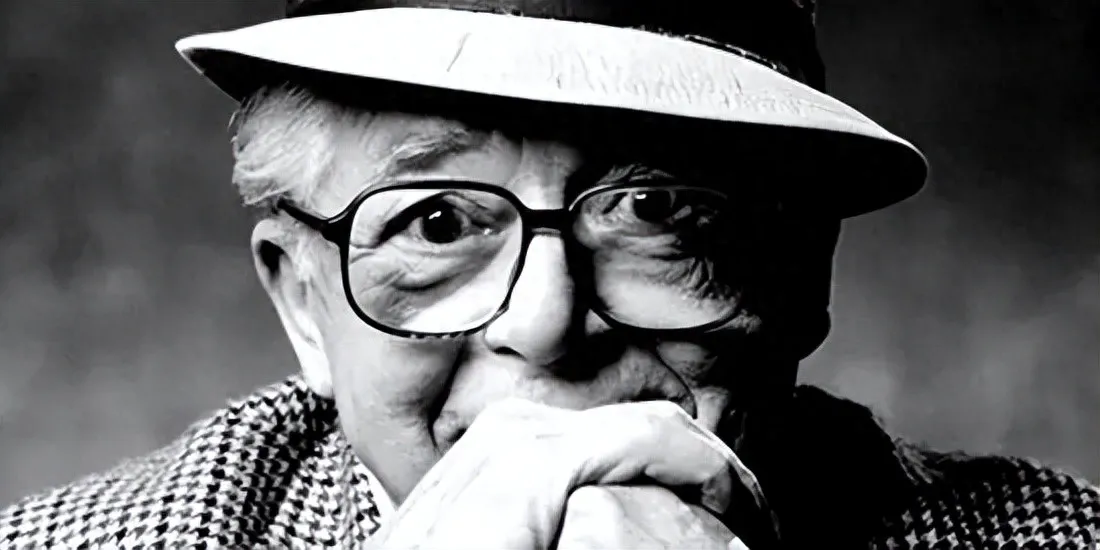
Billy Wilder stands as a pivotal figure in American cinema, his career spanning the transition from the studio system’s dominance to the rise of independent filmmaking and the “New Hollywood” era. From his early days as a screenwriter in the 1930s to his ascent as a sought-after studio director in the 1940s and beyond, Wilder consistently captivated audiences and critics alike. By the mid-1950s, as a producer, he and his writing partners gained notoriety for their profitable ventures, their willingness to push boundaries, and their ability to garner critical acclaim. While some dissenting voices may have lingered in the early 1960s, by the mid-1970s, Wilder was universally celebrated as a master filmmaker.
Born into a merchant family in the Austro-Hungarian Empire, Wilder initially pursued a legal career before finding his true calling. Inspired by his mother’s tales of her youth in America (fueled by her fascination with “Buffalo Bill Cody,” which even led to him being nicknamed “Billie”), he immersed himself in American culture. Growing up in a post-war Europe revitalized by American aid, he developed a deep appreciation for jazz, the Charleston, and the swashbuckling adventures of Douglas Fairbanks. After dropping out of university in 1925, his extensive knowledge of American culture paved the way for a career as a journalist. In 1926, he interviewed bandleader Paul Whiteman, making such an impression that he was invited to join Whiteman’s Berlin performances.
From Berlin to Hollywood: Crafting a Unique Voice
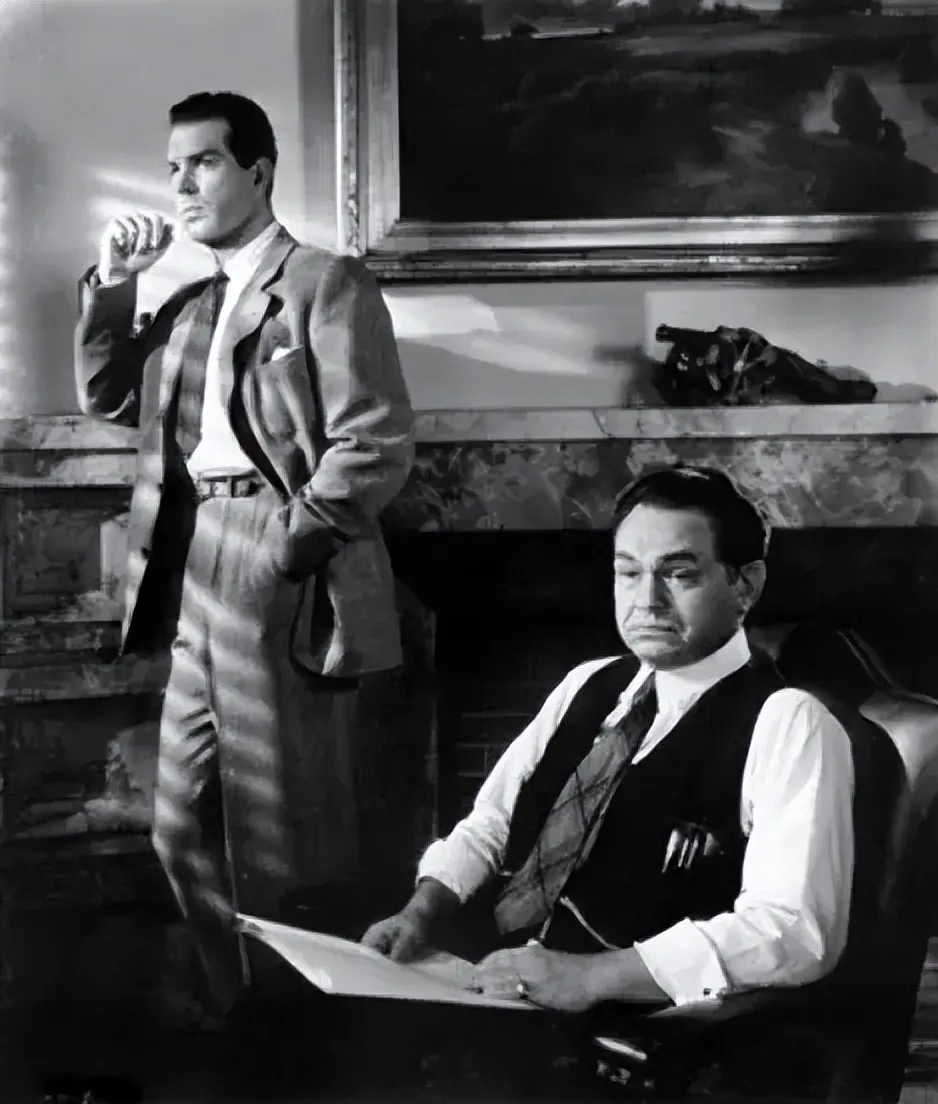
Double Indemnity (1944)
In Berlin, Wilder engaged in extensive writing on popular culture. These experiences led him to writing for German film studios. In 1929, he co-wrote the screenplay for People on Sunday (Menschen am Sonntag, 1929). This film, which chronicled the aimless adventures of Berliners on their day off, offered a rare and poignant glimpse into the Weimar era. With Robert Siodmak and Edgar G. Ulmer directing, and Eugen Schufftan and Fred Zinnemann serving as lighting technician and cinematographer respectively, the film was shot on location in Berlin, capturing the anxieties and confusions of a generation.
Following the rise of the Nazi regime, Wilder briefly fled to Paris, where he had the opportunity to direct his first film, Mauvaise Graine (1933). This film, which tells the story of a wealthy young man’s moral decline, foreshadowed Wilder’s exploration of compromised protagonists, a theme that would drive many of his later works.

Bad Seed (1933)
Wilder consistently submitted his stories and ideas to Hollywood, but it wasn’t until 1934 that one of his works was finally accepted. To improve his English, Wilder traveled on a British ship. While his English may not have improved significantly, he secured opportunities in scriptwriting. In 1936, he began his collaboration with Charles Brackett. The pairing of the refined and erudite Republican with the acerbic and outspoken Wilder raised eyebrows at the time, but it also set a new standard for American comedy in its treatment of sex and human flaws.
Early Successes and the Influence of Lubitsch
In films like Bluebeard’s Eighth Wife (1938), Ball of Fire (1941), and Hold Back the Dawn (1941), unsuspecting men are deceived by beautiful and intelligent women. The comedies Midnight (1939) and Ninotchka (1939) became textbook examples of erotic suggestion. However, the charm and brilliance of Wilder and Brackett’s screenplays were often overshadowed by Ernst Lubitsch’s distinctive style and the performances of stars like Claudette Colbert, Gary Cooper, Melvyn Douglas, and Greta Garbo. This led Wilder to create stories that were more broadly conceived, rather than tailored to specific actors.
Like Wilder, the Berlin-born Lubitsch was a master of sophisticated comedy. A master of pacing and presentation, he approached the sexual undercurrents of social life with a light touch. But beneath the surface charm, Ninotchka also carried a sense of melancholy. As the prologue states:
—This story takes place in Paris,
—In those wonderful days when a siren was a brunette
—And not an alarm. If a Frenchman
—Turned out the lights, it was not necessarily on account of an air raid.
It captured a moment when the generous moral standards of the Old World had not yet fully succumbed to war and American pragmatism, a moment tinged with darkness:
—How are things in Moscow?
—“Very good. The last mass trials were a great success.
—There are going to be fewer but better Russians.”
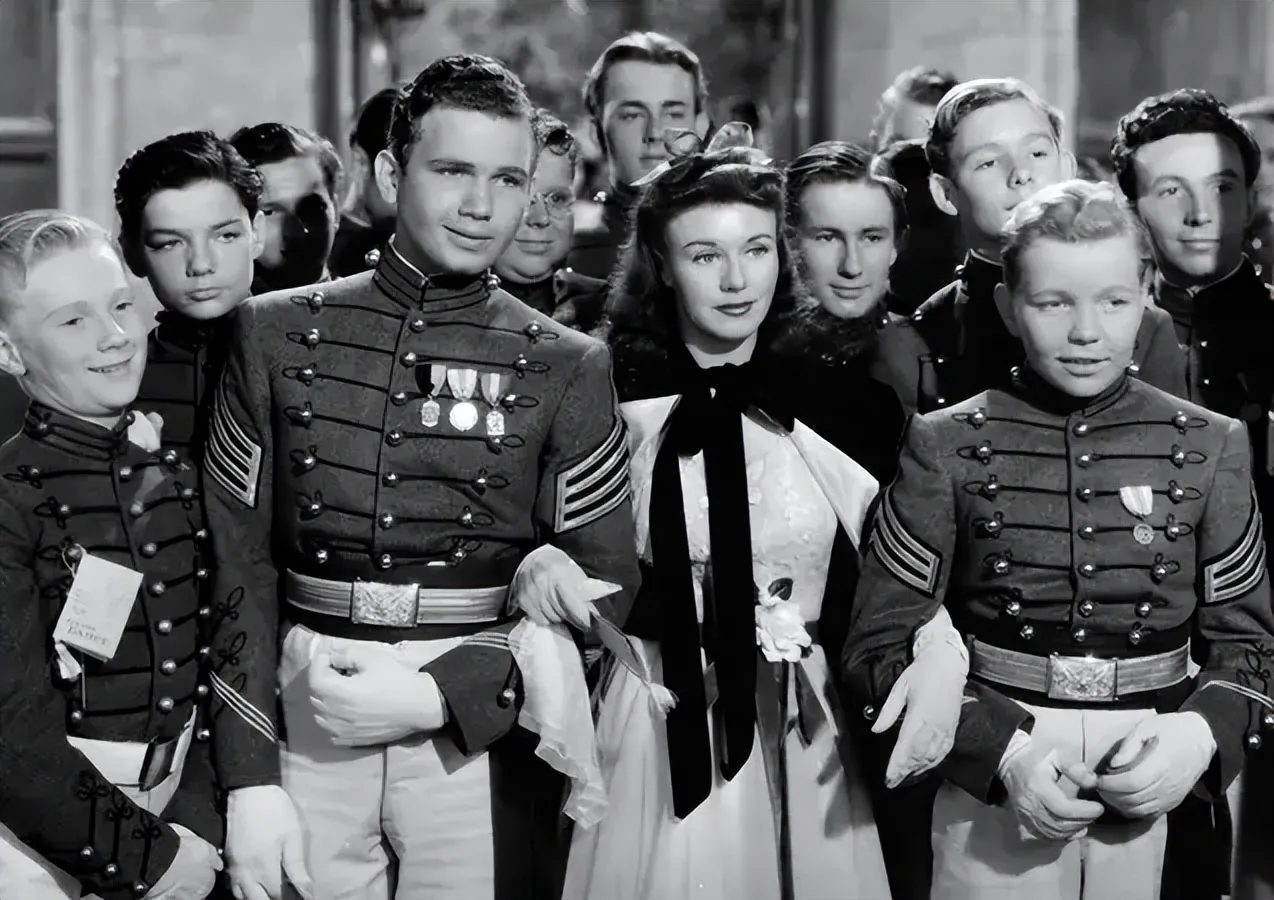
The Major and the Minor (1942)
This sentiment would later be recognized as Wilder’s signature “cynicism.” Ultimately, Wilder found a way to express the complex issues of post-war life.
Hollywood Success and Post-War Cynicism
He eventually persuaded Paramount to let him direct The Major and the Minor (1942). At the time, Howard Hawks was completing Ball of Fire, and Wilder observed the process closely. In contrast to the visual experimentation of 1960s modernism, Wilder’s films presented an unadorned visual style reminiscent of Hawks. His close collaboration with editor Doane Harrison in the 1940s complemented Wilder’s dialogue and visual acuity, leading to the creation of incisive stories that satirized the era.
In his forties, Wilder became fascinated by American culture, leading to a significant transformation in his work. Popular music at the time favored songs that satirized fickle love. If Ball of Fire was rooted in the metaphors of New York’s streets, Double Indemnity (1944), co-written with Raymond Chandler, captured the values and images of American capitalism. During this period, Wilder demonstrated his mastery of various genres. Five Graves to Cairo (1943) was a highly inventive war film that recounted the Allied conquest of the Western Desert with a journalist’s zeal. By subverting the beloved personas of Barbara Stanwyck and Fred MacMurray, Double Indemnity offered a critical perspective on a changing America.
Consider the symbolic pairing: a petty insurance salesman and a beautiful, vapid claimant. The exchange is difficult, direct, and inherently cruel, reflecting a war entering its final, bloody stages and foreshadowing the breakdown of American (social) sexual relations. The unique techniques, the femme fatale, and the chiaroscuro lighting used in the Los Angeles setting made this “film noir” a masterpiece of rapid narration and socio-cultural resonance.
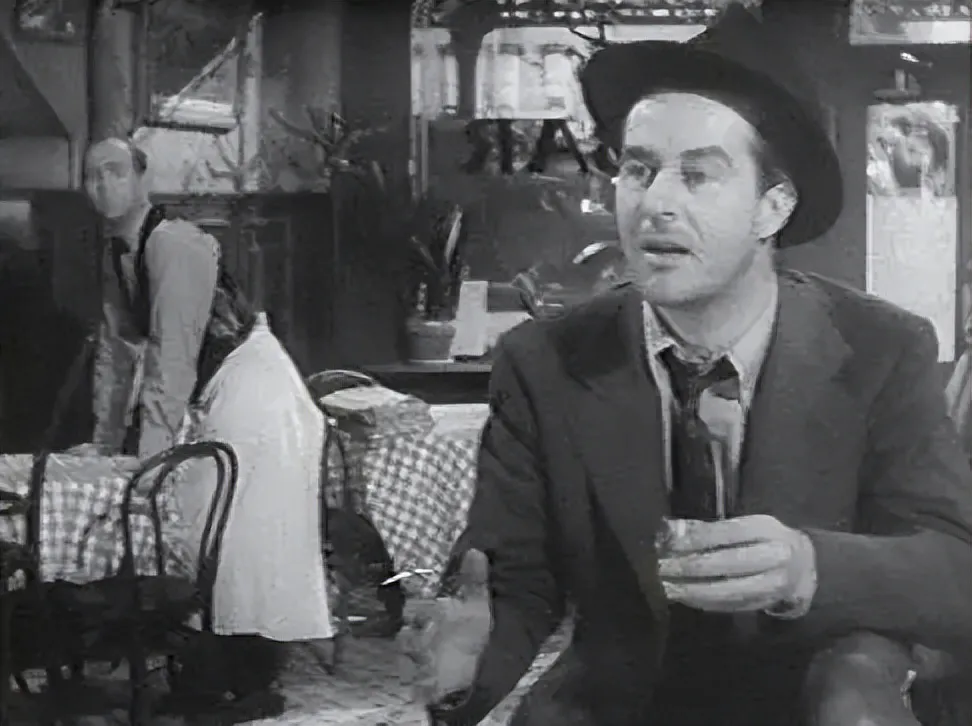
The Lost Weekend (1945)
Adapted from a best-selling novel about an alcoholic’s life, The Lost Weekend (1945) earned Wilder an Oscar for directing and co-writing, solidifying his status as a major Hollywood player. Wilder’s work from 1944 to 1951 showcased an experimental confidence. The Lost Weekend featured bold expressionistic techniques. While the request to paint daisies for The Emperor Waltz (1948) demonstrated a director’s overreach, the swimming pool designed in Sunset Boulevard (1950) remained consistently inspiring.
Exploring Morality and the Dark Side of Hollywood
A Foreign Affair (1948) is one of Wilder’s best works, displaying his keen sense of the times. Returning to Berlin, where he had served as a government propaganda officer, A Foreign Affair is set amidst the post-war wreckage and the German black market. This “dirty” comedy satirized the moral standards of the American middle class in a gray area. Critic Andrew Sarris complained that Wilder ruined Jean Arthur’s star appeal in the process of advancing his comedic aesthetic, an evolution evident between Ninotchka and Sunset Boulevard. If A Foreign Affair stung complacent Midwestern audiences, Sunset Boulevard turned to seeking truths powerful enough to confront the industry itself.
Telling the story of a destructive relationship between an unemployed screenwriter and an aging, conceited star, Sunset Boulevard is a dark and difficult film. By re-centering themes of “innocence,” “experience,” and “deception,” Wilder elevated the film to the level of Citizen Kane, particularly in its exploration of the pursuit and disillusionment of the American Dream. Set between the flamboyant and useless era of Hollywood’s silent films and the social realism of the 1930s, the story clearly demonstrates Wilder’s humanistic style.
First, as exemplified by Double Indemnity, perhaps showcased in the protagonist’s voice-over; Sunset Boulevard sees through the naked truth and difficult survival beneath the glossy surface of a film. Filming a story about Hollywood within Hollywood, it hoped to showcase the chaotic and dark corners that Wilder felt in the post-war era. Wilder’s growing skepticism of modern society ultimately led to his split with Brackett. His next film both praised Hollywood’s aesthetics and vehemently attacked its audiences.
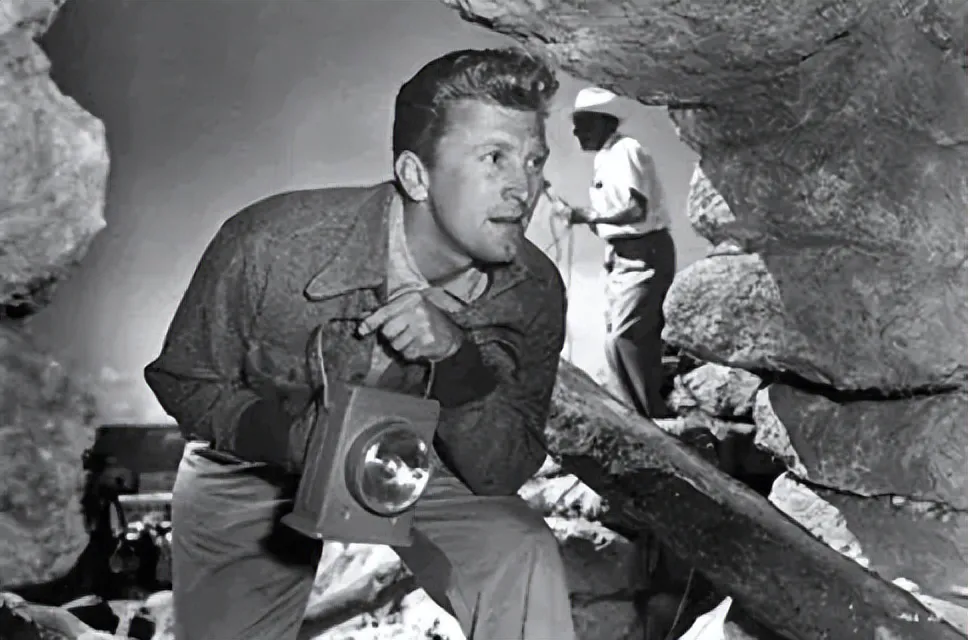
Ace in the Hole (1951)
Exploring the Dark Side of Fame and Fortune
Ace in the Hole (1951), which Wilder co-wrote, produced, and directed, can be considered a true auteur film. The story revolves around a down-on-his-luck writer—now a journalist—who rises to fame after discovering a cave-in that traps a man alive. The reporting of this tragic news is easily overshadowed by the brutal carnival of a numb crowd. Wilder’s protagonists are often city dwellers, but no matter how depraved they become, Wilder clearly prefers to portray them as outsiders in small towns. Centered around the energetic Chuck Tatum (Kirk Douglas), Ace in the Hole creates a metaphor between Tatum’s audience and Wilder’s audience, through which Wilder praises New York-style courage and Wilder-style recklessness.
Due to the film’s failure in terms of word-of-mouth and box office, Wilder, who had just become a freelancer, turned to the style of Broadway. Wilder’s themes permeated these films: Stalag 17 (1953), Sabrina (1954), The Seven Year Itch (1955), etc., in which he examined a society trapped by material consumption. Double Indemnity revisited the sexual confusion caused by the suburban anarchy of wartime sexual politics; Stalag 17 was set in a German prisoner-of-war camp in 1944, showcasing the American debate over private enterprise and public duty. While detailing the frustrations of these prisoners, Stalag 17 also catered to the 1950s’ excessive focus on masculinity, while reflecting on the clichés of many war films. He created William Holden and Joe Gillis in Sunset Boulevard, also shaping a compromised post-war Wilder-style hero template.
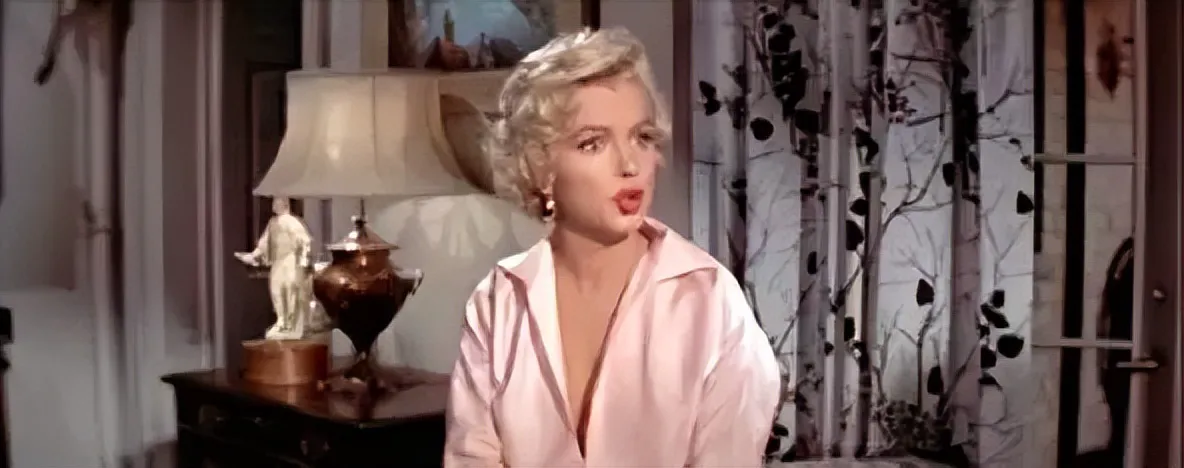
The Seven Year Itch (1955)
Exploring Love, Marriage, and the American Dream
The underrated The Seven Year Itch raises the question of how to achieve and reconcile personal, limited spiritual fantasies in an era that is overly conservative about “sex.” The film employed the “CinemaScope” widescreen system, in which the image was first “squeezed” onto thick film during shooting and then stretched back onto the screen during projection. Through the ambiguous relationship between a timid editor (Tom Ewell) and a carefree, sexy woman upstairs (Marilyn Monroe), the film attempted to create laughter and express a timid sincerity in a burgeoning culture also called “The Seven Year Itch.” The film is arguably one of Wilder’s gentlest moments.
Sabrina and Love in the Afternoon (1957) pointed to the highly developed capitalism of the United States, and these films largely showcased Audrey Hepburn’s boyish innocence—another product of this system. In the 1970s, in an attempt to salvage Wilder’s important status, Sinyard and Turner relaunched “Lubitsch-style” films. However, in retrospect, the “European” Wilder, from The Emperor Waltz to Avanti! (1972), lacked the sense of the post-war world found in The Apartment (1960) and The Fortune Cookie (1966).
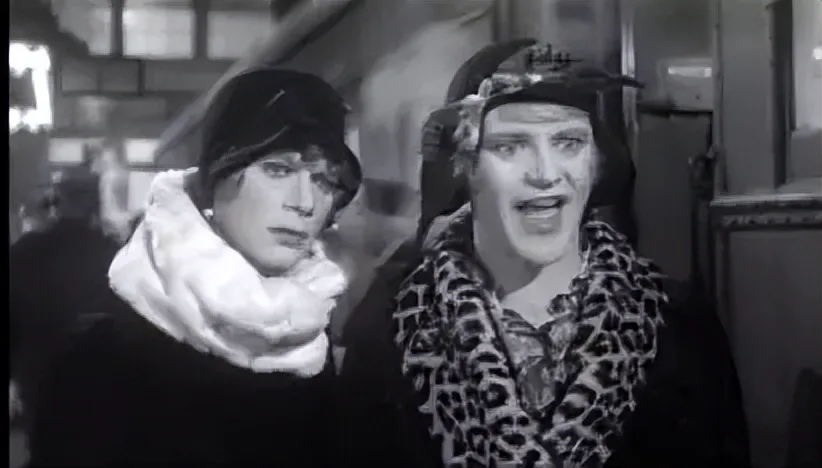
Some Like it Hot (1959)
What Sinyard and Turner opposed was the vulgar content in Wilder’s works, which is what Pauline Kael pointed out in the 1960s. Unable to keep up with the legitimate trend of the liberation era, Wilder abruptly shifted from the wonderful cross-dressing comedy Some Like it Hot (1959) to the rude political satire One, Two, Three (1961). No matter how important the director-centered system became, Wilder and I.A.L. Diamond launched Kiss Me, Stupid in 1964 in response to the commercial success of the “Shapiro-Henning” duo and the Dorris Day or Rock Hudson scripts, but it was a mess.
Wilder and Diamond began collaborating in 1957, representing a combination of sharp content and deep structure, which Wilder had been seeking since his collaboration with Brackett. For Wilder, Diamond “knew how to put the pipes together properly.” Wilder’s familiarity with the art of speech and the inflections of American language has always run through films such as Ball of Fire, The Fortune Cookie, and Some Like it Hot.
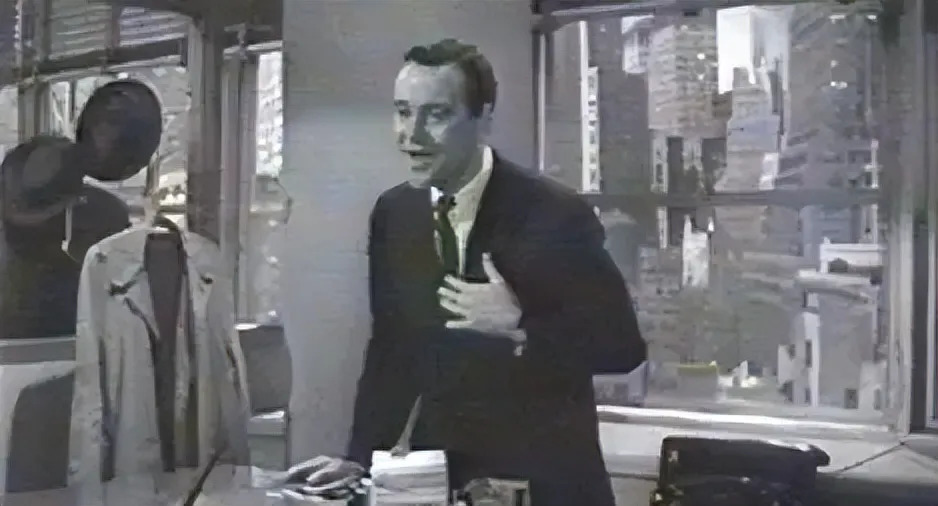
The Fortune Cookie (1966)
The Fortune Cookie is the last of the trilogy about the American insurance industry and a metaphor for a culture obsessed with windfall gains. If Double Indemnity exposed the dark side of American insurance relationships, and The Apartment told the story of half the country trying to cheat the other half, then The Fortune Cookie showed how the other half would retaliate. The Apartment mainly tells the story of an employee who rents out his apartment to his superiors for pleasure in order to get a promotion. Jack Lemmon’s C.C. Baxter is a symbol of the general public colluding with each other on common moral standards, and is also based on Lemmon himself. Its seamless integration of Hollywood’s traditional classics with reality, and the widescreen technology used, were the most advanced at the time. At the same time, The Apartment foreshadowed the decline of the “American Century” in film from All the President’s Men (1976) to Glengarry Glen Ross (1992).
Later Works and Enduring Influence
The Fortune Cookie may be Wilder’s last film to capture the cultural pulse, and is also a dark social allegory: when thousands of people watch TV, the government watches you. When Harry Hinkle (Lemmon) suffers a minor injury in a football game, his lawyer and brother-in-law Willie Gingrich (Walter Matthau) hopes to sue for a huge settlement. This lonely pseudo-paraplegic is investigated by a dirty detective as he is manipulated into defrauding a large corporation of insurance money; this aptly alludes to the “big government’s” intervention in private life. Matthau’s lawyer even resembles Nixon, and those loopholes and cameras clearly foreshadowed Watergate.
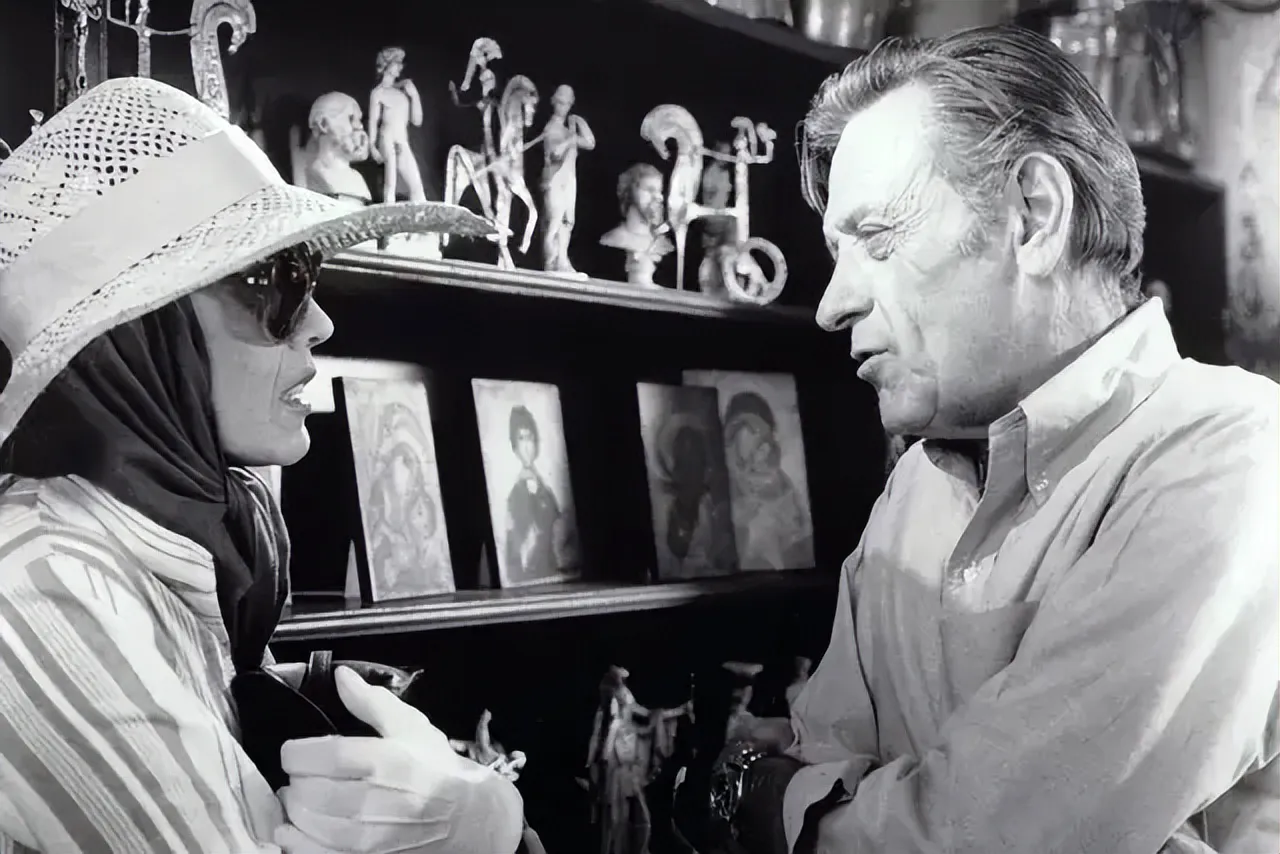
Fedora (1978)
Beyond production and entertainment, Wilder’s collaboration with Lemmon and Matthau established his reputation in production work and had some autobiographical flavor. The Fortune Cookie subtly demonstrated the harmonious working relationship between Wilder and Lemmon by having Willie “direct” Wilder’s stars. The Front Page (1974) showed their unwillingness to abandon the “bad wit-good fool” model. Other Wilder films were adapted from their own experiences. Ace in the Hole replicated the subtle relationship between the author and the audience. Double Indemnity directly tells a story. Sunset Boulevard, and Wilder’s themes in The Major and the Minor to Some Like it Hot, revolve more around the stars and supporting roles, detailing star culture.
In the 1970s, Wilder was deeply affected by funding difficulties and was swayed by fashion. Although The Private Life of Sherlock Holmes (1970) is regarded as a classic by those who have had the opportunity to see the complete version, The Front Page may be the last personalized work of this studio craftsman. Ironically, Fedora (1978), which was filmed to recover the deathly romanticism of Sunset Boulevard, seemed very outdated. The misjudged Buddy Buddy (1981) should be Wilder’s last important film. In his later years, Wilder focused on attending award ceremonies, presenting awards, film school seminars, and occasionally staying in his office in Beverly Hills, and became a very powerful storyteller and a famous art collector. He is our last connection to Hollywood’s Golden Age; and we owe him a clear, interesting and far-reaching work in American film history.